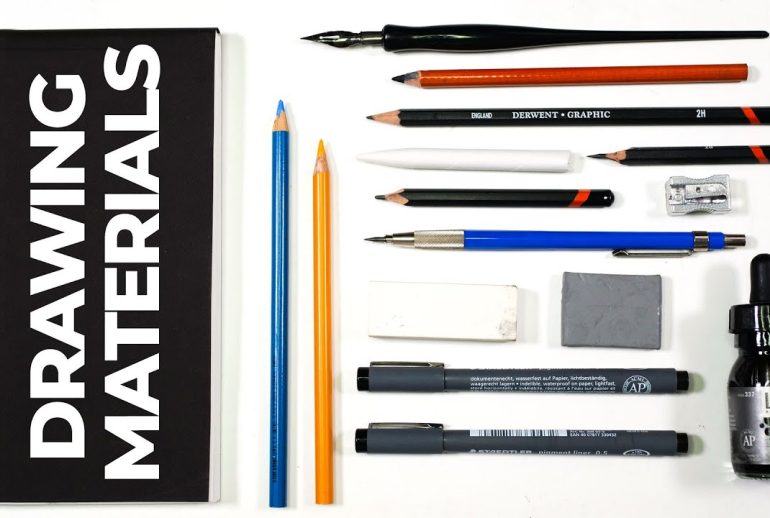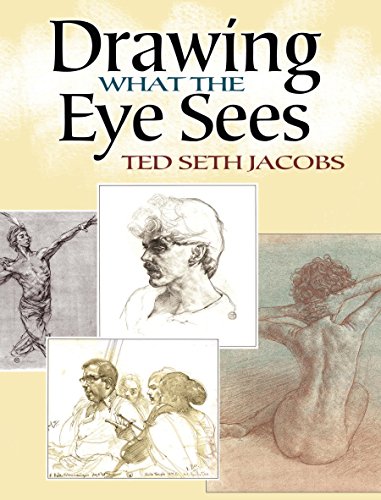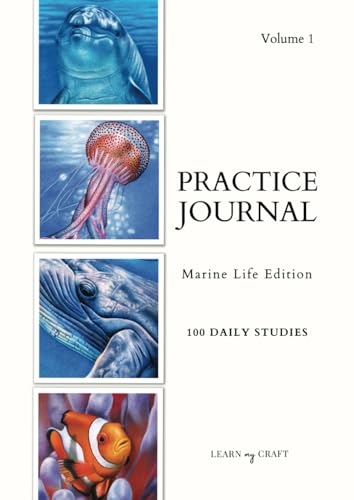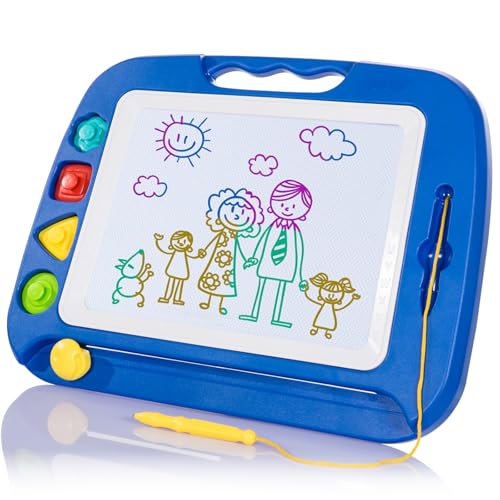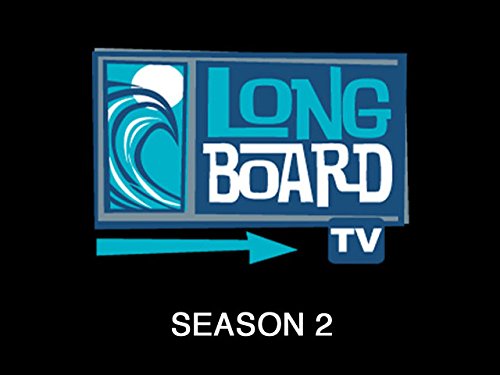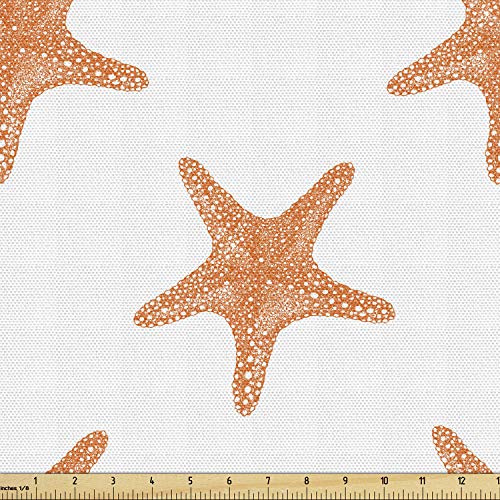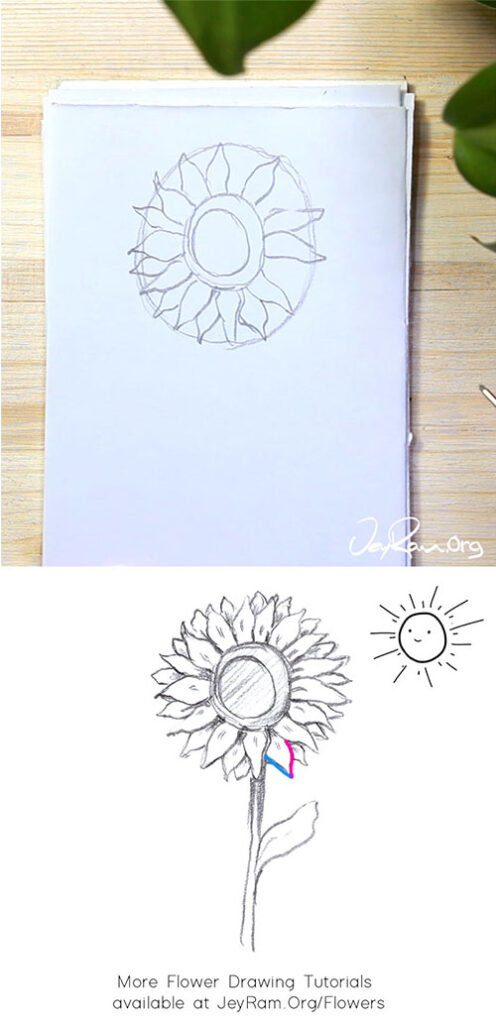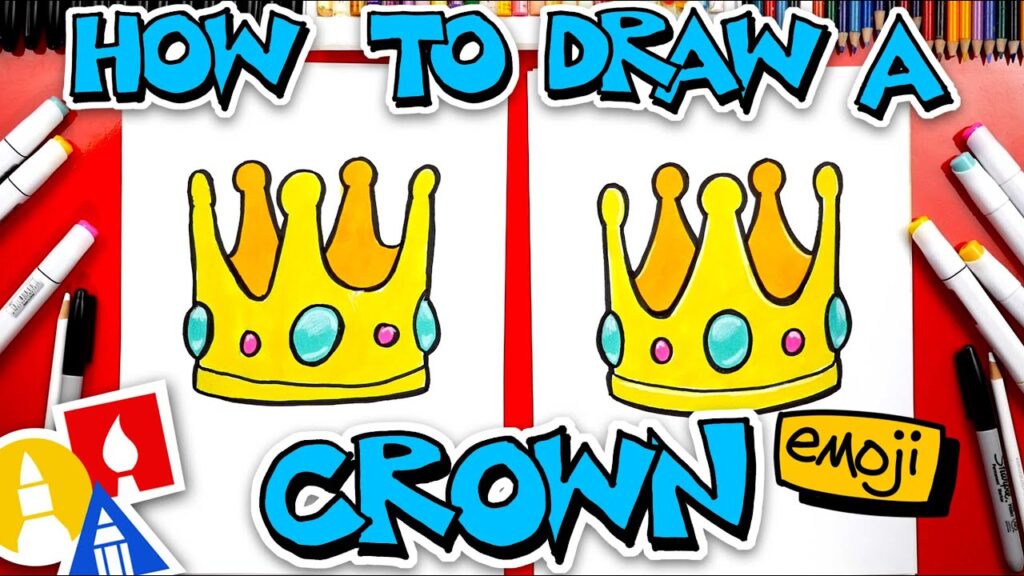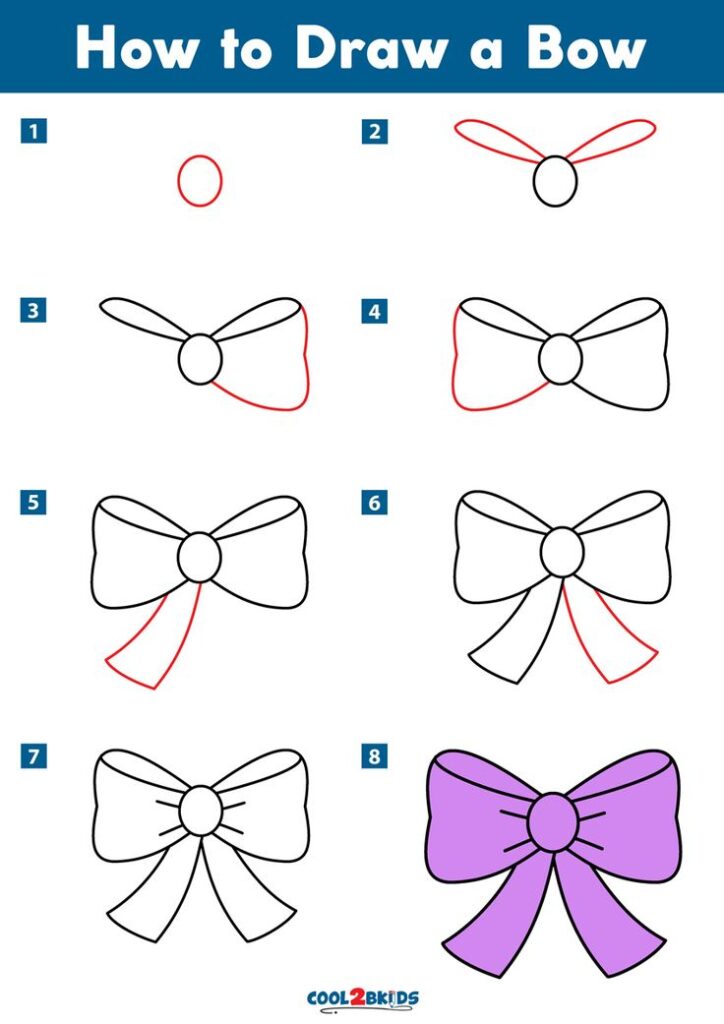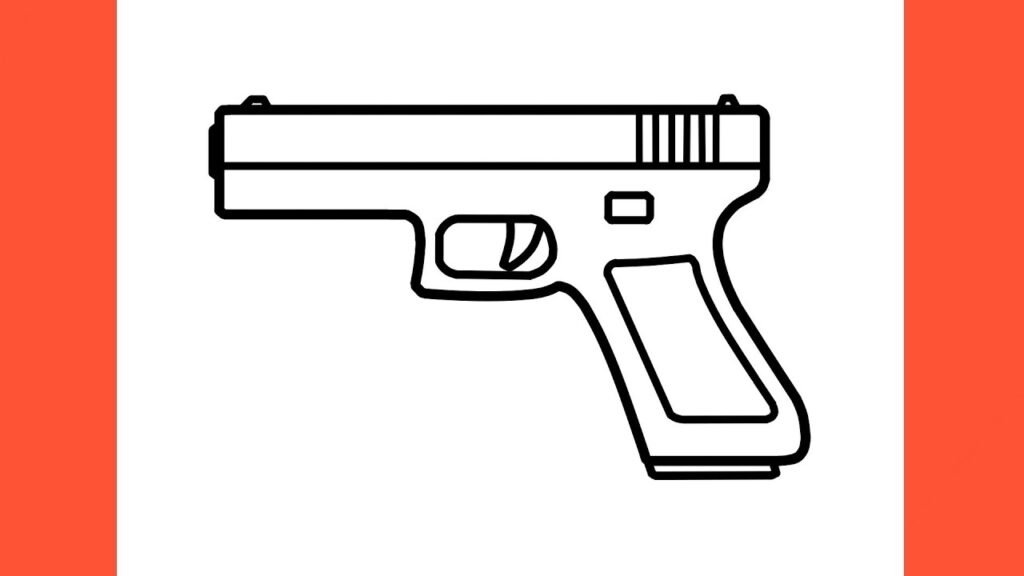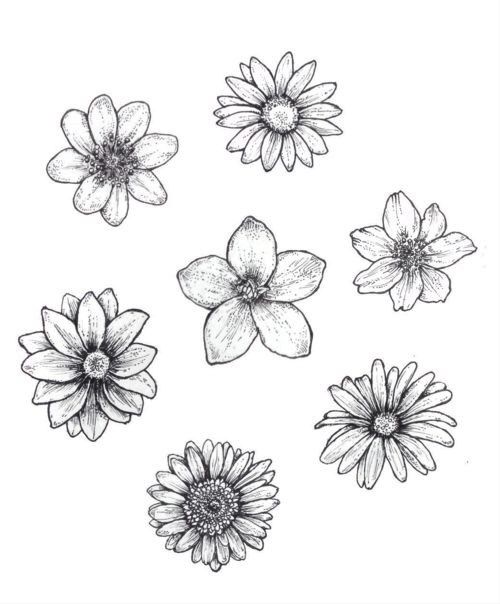Drawing can be a rewarding hobby. It helps express creativity and feelings.
For beginners, choosing the right materials is essential. Starting with the right tools makes the learning journey smoother and more enjoyable. It’s easy to feel overwhelmed by the wide range of drawing supplies available. From pencils to sketchbooks, each item serves a unique purpose.
Understanding these tools can boost your confidence and skills. This guide helps beginners navigate the world of drawing materials. Discover what you need to start drawing effectively. Learn how each material can enhance your artwork. Get ready to explore the basics and find joy in drawing. Let’s dive into the essentials every beginner should know.
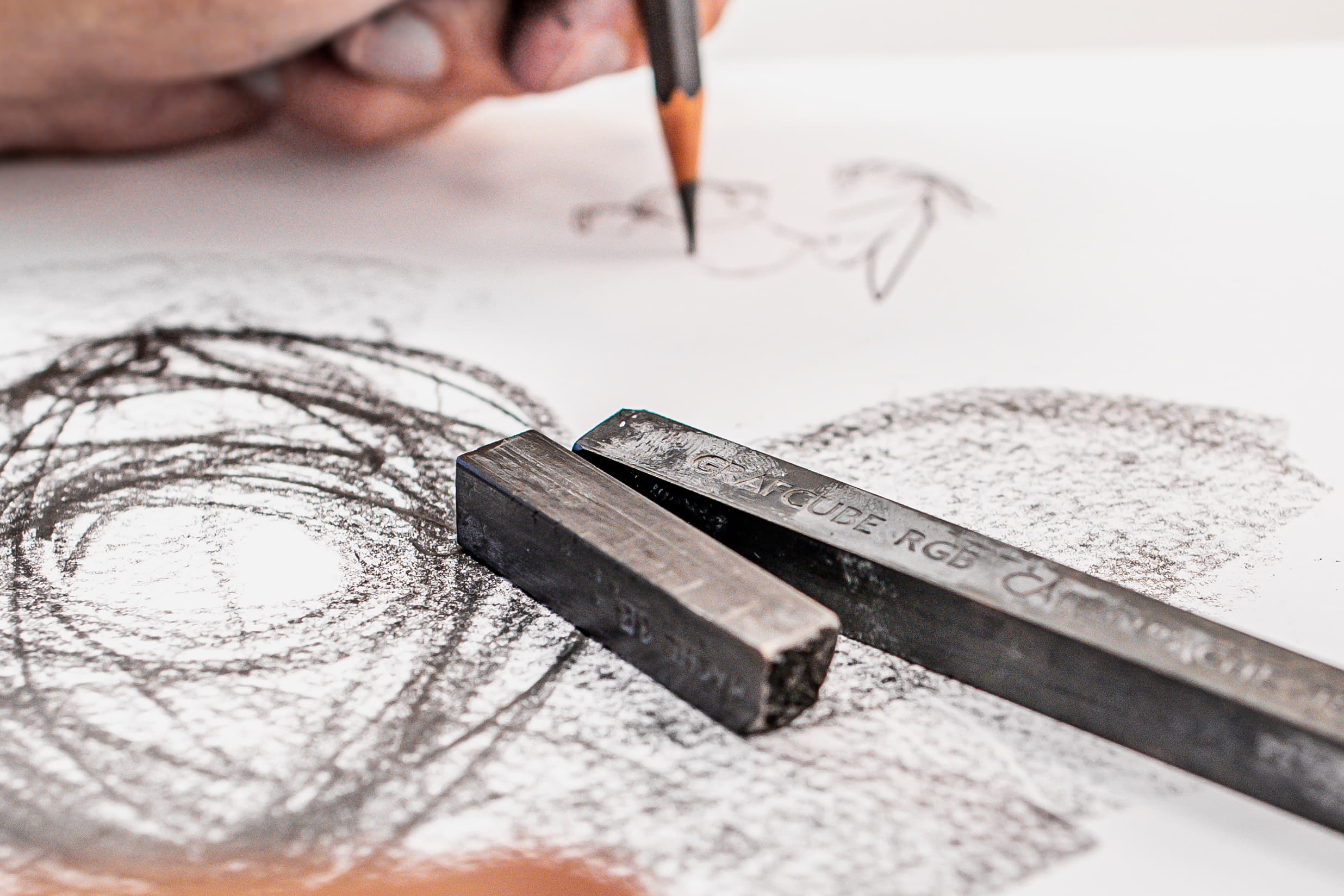
Basic Drawing Tools
Starting your journey in drawing? The first thing you’ll need is a good set of basic drawing tools. These tools are not just your instruments; they are your companions in expressing creativity. The right tools can make a significant difference in your artwork. Let’s dive into two essential tools for beginners: pencils and graphite, and erasers and sharpeners.
Pencils And Graphite
Pencils are the heart and soul of drawing. They come in various types, each suited for different techniques. You might have seen labels like ‘HB’, ‘2B’, or ‘4H’ on pencils. These indicate the hardness and darkness of the graphite. A softer pencil, like a ‘2B’, gives darker lines and is perfect for shading. A harder pencil, like ‘4H’, is ideal for lighter sketches.
Why not experiment with different types to see which suits your style best? Try drawing a simple shape using a ‘HB’ pencil and then with a ‘6B’. Notice the difference in texture and depth. This exploration will help you understand your preferences and improve your skills.
Erasers And Sharpeners
An eraser is not just for mistakes. It’s a tool for creating highlights and refining details. A kneaded eraser is particularly useful; you can shape it to erase small areas. Ever tried using an eraser to add light reflections on a drawn apple? It can transform your piece.
Sharpeners are equally important. A sharp pencil can make precise lines and intricate details. Consider using a manual sharpener for better control. Have you ever felt the frustration of a broken pencil tip during a drawing session? A reliable sharpener can save the day.
Choosing the right tools can enhance your drawing experience. What tools have you found indispensable in your artistic journey? Share your thoughts below!
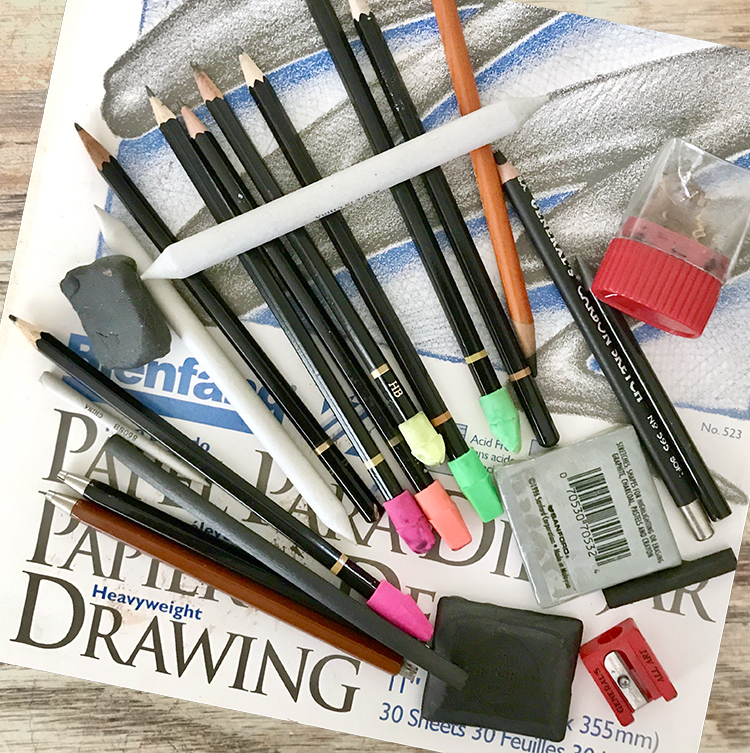
Paper Types
Exploring various paper types can enhance drawing skills for beginners. Smooth paper is ideal for detailed sketches, while textured paper adds depth to artwork. Experimenting with different surfaces can help discover personal preferences in artistic expression.
Embarking on your drawing journey begins with selecting the right paper. The paper type you choose can significantly impact your artwork’s outcome. Understanding the differences between various paper types will help you make informed decisions and enhance your drawing experience.
Sketch Pads
Sketch pads are a staple for beginners. They are versatile and convenient, often featuring a spiral binding that allows for easy flipping of pages. This portability makes them ideal for quick sketches and practice sessions. Sketch pads typically have lighter-weight paper. This paper is perfect for pencil, charcoal, or pastel drawings. However, it might not be the best choice for ink or heavy shading, as it can cause the paper to wrinkle. Consider trying different sketch pads to find one that suits your style. You might discover that certain brands offer smoother textures or more durable surfaces. Which sketch pad feels right in your hands?
Drawing Paper
Drawing paper is a step up from sketch pads. It is generally heavier and more robust, capable of handling more detailed work and various media. This makes it an excellent option for those looking to refine their skills. You’ll find drawing paper available in different textures. Smooth paper is great for fine detail, while textured paper can add depth and interest to your artwork. Experimenting with both can offer surprising results. Think about the kind of art you want to create. If you are aiming for intricate, detailed pieces, smoother paper might be your best bet. But if you love the look of textured, dynamic drawings, try paper with a rougher surface. Choosing the right paper is as personal as your drawing style. By experimenting with different sketch pads and drawing papers, you can find the perfect match for your artistic needs. What paper will you try next on your creative journey?
Essential Accessories
Starting your journey in drawing can be exciting yet overwhelming, especially when it comes to choosing the right tools. While pencils and paper are the basic necessities, there are several accessories that can make your drawing experience smoother and more enjoyable. These essential accessories can help you refine your skills and bring your creative visions to life with ease.
Rulers And Stencils
Rulers and stencils are indispensable for beginners who want to introduce precision into their artwork. Rulers help maintain straight lines and perfect angles, which is crucial when sketching architectural designs or geometric shapes. A simple mistake I made early on was trying to draw a straight line freehand, which led to frustration and wasted paper. Using a ruler not only saved me time but also improved the overall look of my drawings.
Stencils, on the other hand, are a great way to replicate complex shapes and patterns without the stress of freehand drawing. They are perfect for beginners who want to create consistent shapes across their work. Imagine the ease of crafting intricate designs with a stencil rather than trying to achieve symmetry manually. Have you considered how these tools could elevate your drawing?
Blending Tools
Blending tools can transform a flat drawing into a dynamic piece with depth and texture. Items like blending stumps, tortillons, and even cotton swabs are excellent for smoothing out pencil strokes and creating gradients. I remember my first attempt at shading without a blending tool resulted in harsh lines that did not capture the softness I aimed for.
These tools allow you to manipulate the light and shadow in your artwork, giving it a more realistic and professional appearance. Start with a simple blending stump to see how it can soften harsh lines and add a three-dimensional feel to your drawings. Can you envision your art with that added depth?
Investing in the right accessories can significantly enhance your creative process. They can help you move beyond basic sketches to more polished and intricate drawings. Have you equipped your art kit with these essentials?
Color Mediums
Exploring color mediums brings life to your drawings. They add vibrancy, depth, and mood. For beginners, selecting the right color medium is crucial. It affects your artwork’s look and feel. Let’s dive into some popular color mediums.
Colored Pencils
Colored pencils are a favorite among beginners. They are easy to use and control. You can blend colors smoothly with them. They offer a wide range of shades. This flexibility allows for creative expression. Colored pencils are portable, making them convenient.
They are less messy than other mediums. Beginners love them for their precision and ease. You can create detailed, intricate artwork with colored pencils. They are perfect for sketching and shading.
Pastels And Charcoal
Pastels and charcoal offer unique textures. They provide a soft, smooth finish. Pastels come in vibrant colors. They can be blended and layered easily. Beginners find them exciting for experimenting.
Charcoal is great for dramatic effects. It creates bold, intense lines. It helps in making rich, deep contrasts. Charcoal is versatile, ideal for quick sketches. Both mediums require a fixative to prevent smudging. They encourage bold, creative strokes.
Specialty Papers
Exploring specialty papers can elevate your drawing experience. These papers offer unique textures and qualities, enhancing the final artwork. For beginners, understanding different types of specialty papers is essential. Each type serves a specific purpose, catering to varied artistic needs.
Textured Papers
Textured papers add depth and dimension to drawings. These papers have a rough surface, providing resistance to your drawing tool. This resistance helps in creating intricate details. Textured papers are excellent for pencil, charcoal, and pastel work. They capture the medium effectively, giving your art a distinct character.
Watercolor Papers
Watercolor papers are designed to absorb water without warping. These papers are thicker and more durable. They handle water-based paints well, making them ideal for watercolor techniques. Beginners will find that watercolor papers offer a forgiving surface. Mistakes are easy to correct, encouraging experimentation and learning.
Storage Solutions
Organizing your drawing materials can boost creativity and efficiency. Good storage solutions keep your workspace tidy and your tools easily accessible. For beginners, investing in proper storage makes drawing more enjoyable.
Drawing Cases
Drawing cases offer protection and organization for your materials. They come in various sizes, perfect for different needs. Compact cases fit in backpacks, while larger ones store more supplies. Choose a case with compartments. This helps keep items separate and easy to find.
Pencil Holders
Pencil holders prevent clutter and keep pencils within reach. Opt for holders with multiple slots. This allows for sorting by color or type. Some holders are portable, ideal for travel or on-the-go sketching. Others are stationary, perfect for desk setups. Select a holder that suits your workspace.
Digital Tools
Embarking on your drawing journey? Digital tools can be your best allies. They offer precision and flexibility that traditional materials might lack. Plus, they’re perfect for experimenting without wasting resources. If you’ve always dreamt of trying different art styles or techniques, the digital world awaits.
Drawing Tablets
Drawing tablets are the cornerstone of digital art. They provide a smooth surface to replicate the feel of traditional drawing. Brands like Wacom, Huion, and XP-Pen offer a range of options for beginners.
Consider your workspace when choosing a tablet. Do you have a lot of desk space? A larger tablet might suit you better. Or if you’re always on the go, a compact model might be more convenient.
Budget is another factor. Tablets range from affordable to high-end. Start with something basic and upgrade as your skills improve. Many beginners find that even entry-level tablets offer plenty of features to explore.
Stylus Options
The stylus is your digital pen. It’s essential for capturing the nuances of your drawing style. Some tablets come with their own stylus, while others require a separate purchase.
Pressure sensitivity is a key feature to look for. It allows you to create lines of varying thickness, adding depth to your drawings. A stylus with high pressure sensitivity can mimic the feel of real pencils or brushes.
Think about how the stylus feels in your hand. Is it comfortable for long drawing sessions? Does it have customizable buttons for shortcuts? These small details can make a big difference in your creative process.
Have you ever felt limited by traditional tools? Digital tools might be the answer. They offer endless possibilities to explore and express your creativity. Dive into the digital realm and see where it takes your art journey.
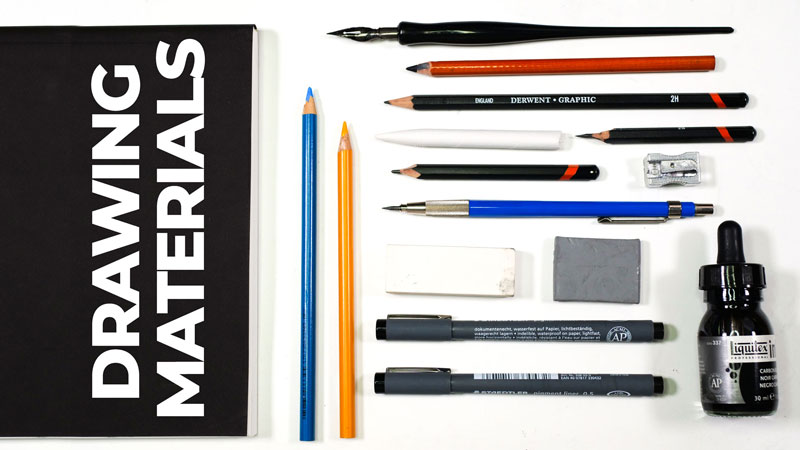
Budget-friendly Options
Starting your drawing journey doesn’t have to break the bank. Many beginners feel overwhelmed by the array of expensive art supplies available. However, there are plenty of budget-friendly options that can help you get started without sacrificing quality. Let’s dive into some practical, cost-effective choices that can nurture your artistic skills.
Affordable Kits
A great way to start is by purchasing affordable drawing kits. These kits typically include a variety of pencils, erasers, and sketchbooks—everything you need to begin sketching. Look for kits that offer a range of pencil hardness. This range allows you to experiment with different shading techniques.
Brands like Faber-Castell and Staedtler offer beginner-friendly kits that are easy on the wallet. These kits often come with a handy guidebook. It’s like having a mini art class in a box, which is perfect if you’re teaching yourself how to draw.
When I first started drawing, I invested in a simple kit from a local craft store. It cost less than a dinner out. The variety of tools provided kept me engaged and experimenting for weeks.
Diy Art Supplies
If you’re feeling creative, why not make some of your own art supplies? You can create your own charcoal sticks using burnt twigs. This method is cheap, and you get to customize the size and shape.
Another fun DIY project is making your own sketchbook. Use recycled paper and an old cereal box for the cover. Not only is this environmentally friendly, but it also gives you a unique, personalized sketchbook.
Have you tried using coffee or tea as a natural dye for your paper? It’s an easy way to add texture and depth to your sketches. Plus, it smells great!
These DIY options are not just about saving money. They also foster creativity and resourcefulness—qualities essential for any artist. So next time you’re short on cash, consider what you can make rather than buy.
As a beginner, it’s important to remember that creativity often thrives within constraints. What budget-friendly drawing materials have you discovered? Share your experiences and tips in the comments!
Frequently Asked Questions
What Materials Do You Need To Start Drawing?
To start drawing, gather pencils, erasers, paper, and a sharpener. Consider colored pencils for variety. Use sketchbooks for practice. Opt for fine liners for detailed work. Explore charcoal or pastels for unique textures. Choose materials based on your style and preferences.
What Are The 5 P’s Of Drawing?
The 5 P’s of drawing are: Practice, Patience, Perspective, Proportion, and Precision. These elements enhance drawing skills. Practice improves technique, while patience allows for detailed work. Perspective adds depth, proportion ensures balance, and precision refines the drawing. Focus on these principles for better artistic results.
What Should I Start Drawing As A Beginner?
Start with simple shapes like circles, squares, and triangles. Practice sketching everyday objects. Focus on learning basic techniques and shading. Draw from real life to improve observation skills. Experiment with different mediums like pencils, pens, or charcoal. Gradually progress to more complex subjects as your confidence grows.
What To Buy A Beginner Artist?
Buy sketchbooks, graphite pencils, and erasers for a beginner artist. Consider watercolor paints and brushes for variety. Opt for colored pencils to explore vibrant artwork. Art books can provide inspiration and technique guidance. Adjustable easels offer a comfortable drawing experience.
Encourage creativity with a personalized art supply set.
Conclusion
Getting started with drawing can be fun and rewarding. Choose materials wisely. Pencils and paper are great starting tools. Experiment with colors and textures. Practice regularly to improve your skills. Don’t worry about mistakes; they help you learn. Explore different techniques and styles.
Enjoy the process and express creativity. Remember, drawing is a personal journey. Everyone’s art is unique. Share your creations proudly. Be patient and watch your progress unfold. Keep drawing, and let your imagination flow. Happy sketching!

